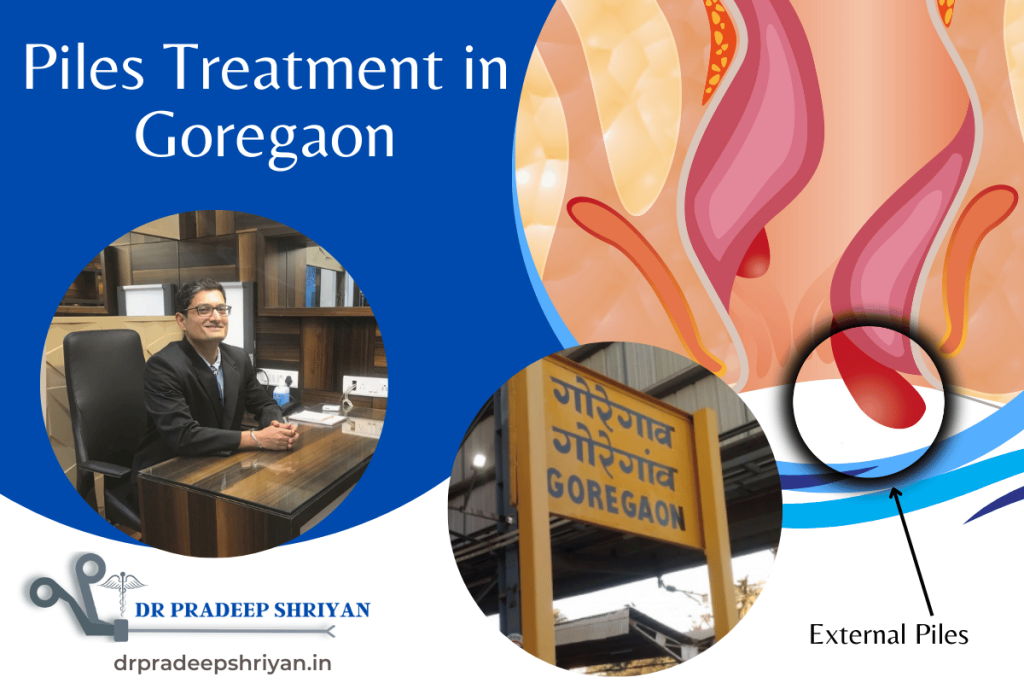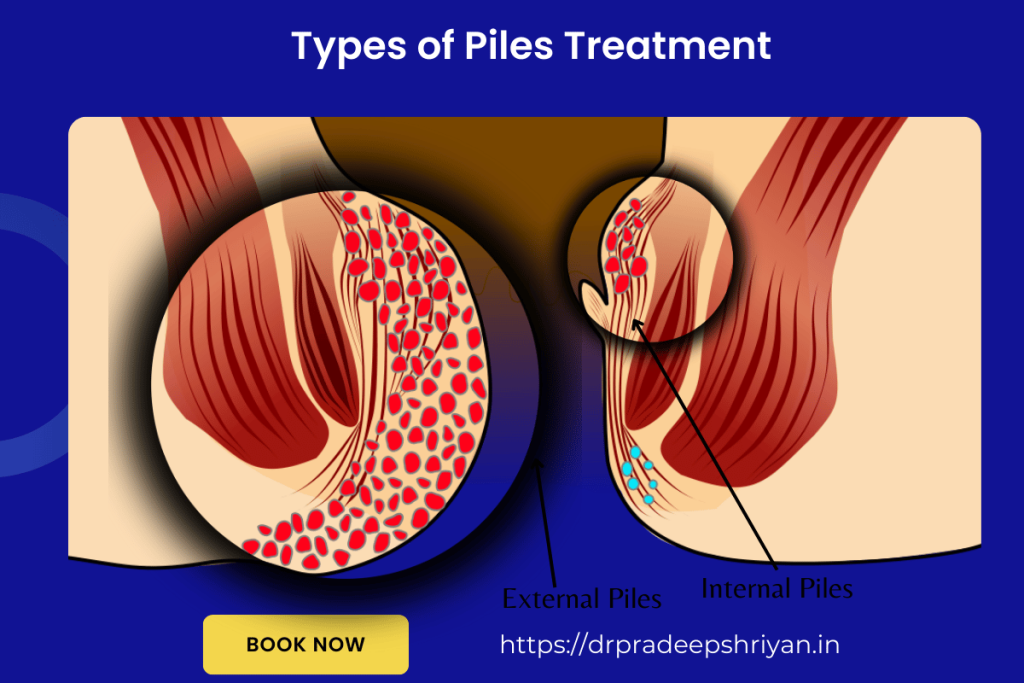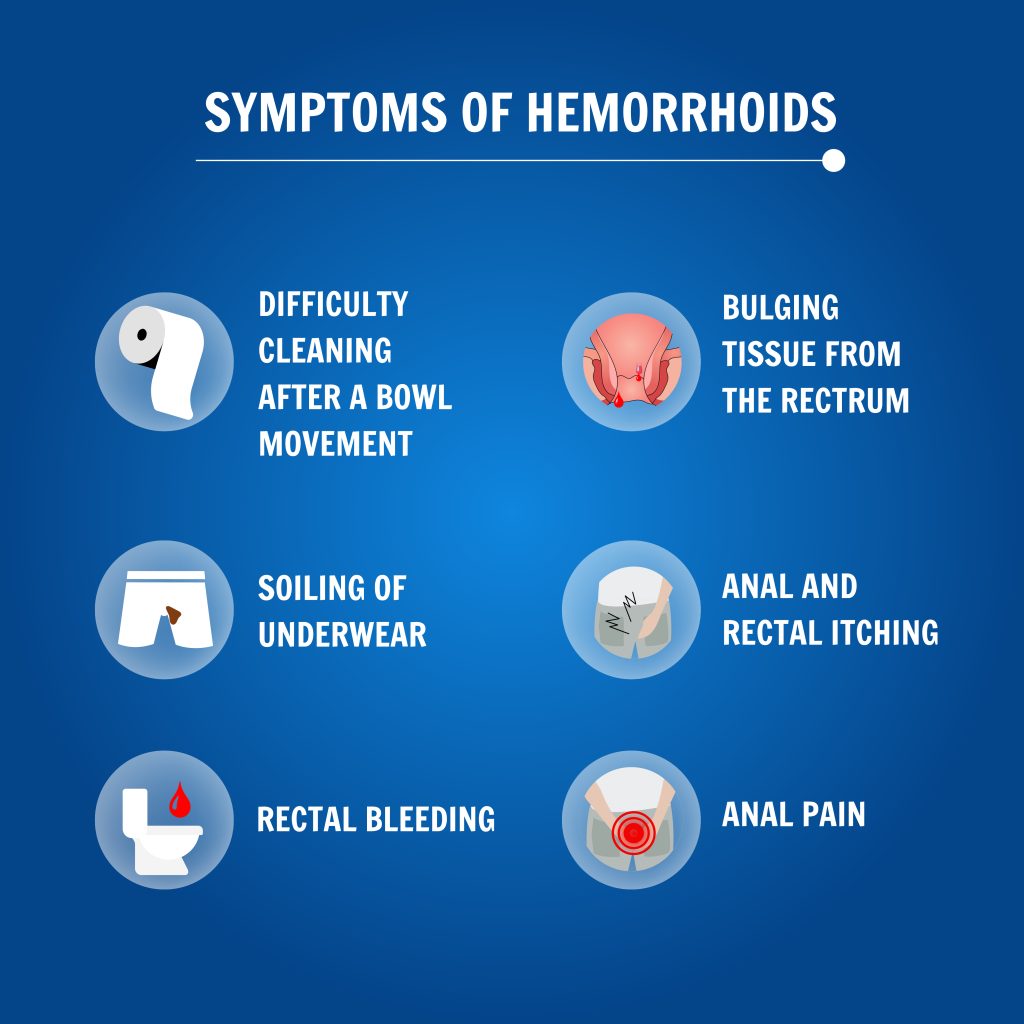Get facts checked about laser piles surgery, at which grade of piles it is used? Pros and Cons of Laser piles treatment in Mumbai

Hemorrhoids, commonly known as piles, are swollen and inflamed veins located in the lower rectum and around the anus. This widespread condition affects millions of people globally, causing considerable discomfort and significantly impacting daily life quality. These swellings contain enlarged blood vessels that develop due to increased pressure in the anal and rectal area, leading to various uncomfortable symptoms that can range from mild irritation to severe pain.
The condition occurs when the normal cushions of tissue that help control bowel movements become swollen and displaced. However, when they become enlarged due to various factors, they transform into what we medically term hemorrhoids or piles. Understanding this condition is crucial for effective treatment and long-term management.
The development of piles stems from increased pressure within the blood vessels of the anal and rectal region. Chronic constipation represents the most significant contributing factor, as repeated straining during bowel movements creates excessive pressure on the delicate blood vessels in this area. This continuous strain gradually weakens the supporting tissues, allowing the blood vessels to swell and protrude.
Pregnancy creates a unique set of circumstances that frequently lead to haemorrhoid development. The growing uterus places increasing pressure on the pelvic blood vessels, while hormonal changes affect the strength and flexibility of blood vessel walls. Additionally, the pushing required during labour and delivery can trigger acute haemorrhoid formation or worsen existing conditions.
Modern lifestyle factors play an increasingly important role in hemorrhoid development. Prolonged periods of sitting, particularly common in office environments, reduces blood flow and increases pressure in the anal region. Similarly, a sedentary lifestyle combined with poor dietary habits creates conditions favorable for chronic constipation and subsequent hemorrhoid formation.
Obesity contributes to hemorrhoid development through multiple mechanisms. Excess weight increases intra-abdominal pressure, which is transmitted to the rectal blood vessels. Additionally, dietary patterns associated with obesity often lack sufficient fiber, leading to constipation and straining. The inflammatory processes associated with obesity may also affect blood vessel integrity and healing capacity.
Age-related changes in tissue structure and strength make hemorrhoids more common in older adults. The connective tissues supporting the anal cushions gradually weaken over time, making them more susceptible to swelling and displacement. Additionally, decreased physical activity and potential medication effects on bowel function in older adults can contribute to constipation and hemorrhoid development.
Internal Hemorrhoids
Located inside the rectum, usually painless but can cause bleeding.
Grading System:
External Hemorrhoids
Form under the skin around the anus, often painful and visible.
Characteristics:
Mixed Hemorrhoids
Combination of both internal and external types, requiring specialized treatment approach.

Common Signs of Piles:

Dietary Modifications:
Lifestyle Changes:
Medical Management:
Minimally Invasive Procedures (Approx.)
Same Day Discharge-Based Treatments:
Advanced Techniques:
Laser Hemorrhoidoplasty: Our specialised laser treatment offers:
Traditional Hemorrhoidectomy:
Stapled Hemorrhoidopexy (PPH):
Suitable for circumferential haemorrhoids
Cost Range Overview (Approx.)
Detailed Cost Breakdown
Minimally Invasive Same Day Procedures:
Surgical Treatment Costs:
Cost Factors Affecting Piles Treatment
Medical Factors
Severity and Grade of Hemorrhoids:
Patient Health Status:
Treatment Response and Complications:
Procedure-Related Factors
Type of Treatment Methodology:
Most procedures take 30-60 minutes, depending on complexity. Laser treatment is typically completed in 15-30 minutes.
Modern techniques, especially laser surgery, significantly reduce pain. We use advanced pain management protocols for comfortable recovery.
Most patients return to desk jobs within 3-5 days after laser surgery and 7-14 days after traditional surgery.
We recommend a high-fibre diet, adequate fluids, and avoiding spicy foods for faster healing.
Dr. Pradeep Shriyan, a seasoned and accomplished laparoscopic, general surgeon and Proctologist in Mumbai, is a trusted professional serving the Mumbai Suburban. With a wealth of experience and expertise, Dr. Pradeep Shriyan specializes in a wide range of procedures.
Whether you require expert care for hernia repair, recurrent hernia or any other related condition, we invite you to schedule an appointment with the highly skilled and trusted professional, Dr. Pradeep Shriyan. With his extensive expertise and experience, Dr. Shriyan is committed to delivering top-notch surgical interventions to address your specific needs.
Take the first step towards improved health and well-being by booking an appointment with Dr. Pradeep Shriyan today.

Here are some tips which can help to prevent Piles:
1. High fiber-containing diet
2. Fluid Intake
3. Avoid Straining
4. Stay Active
5. Never Hold Back
• Have nothing to eat or drink 6 Hours before surgery except for prescribed medications you have been told to take with a sip of water.
• Report 2 hours before the Surgery time (OT Procedure)
• Carry Doctor’s Case Paper on which treatment is written at the time of Admission to Hospital
• Carry Insurance Documents with you to the Hospital before Admission
• Do not apply any lotions, perfumes, deodorants, or Nail polish before surgery
• Take off your jewellery including earrings and piercings
• Don’t shave the area, this will be taken care by Hospital nurse
1. Take pain relieving and other medications as advised. Pain-relieving medication should be taken with food.
2. Follow-up with the doctor after a period of 10 days.
3. Eat a healthy diet and drink plenty of non-alcoholic and non-caffeinated drinks.
4. Do not operate any machinery, or lift any heavy articles after Surgery
5. Rest for a few days after the surgery is advisable, but keep mobile.
6. It is critical to stay hydrated and maintain a high-fiber diet in order to have easy and painless bowel movements.
7. Warm sitz baths may also help to reduce pain following surgery.
8. It is normal to have some bleeding after surgery, but if a significant amount runs down the leg, a doctor should be informed immediately.
Get facts checked about laser piles surgery, at which grade of piles it is used? Pros and Cons of Laser piles treatment in Mumbai
What are major reasons for rise in Piles in India in recent years and what are preventive measures to be taken to avoid Piles
Developed by PRAZONE Web Solutions
Copyright © 2024 All rights reserved by
Dr Pradeep Shriyan